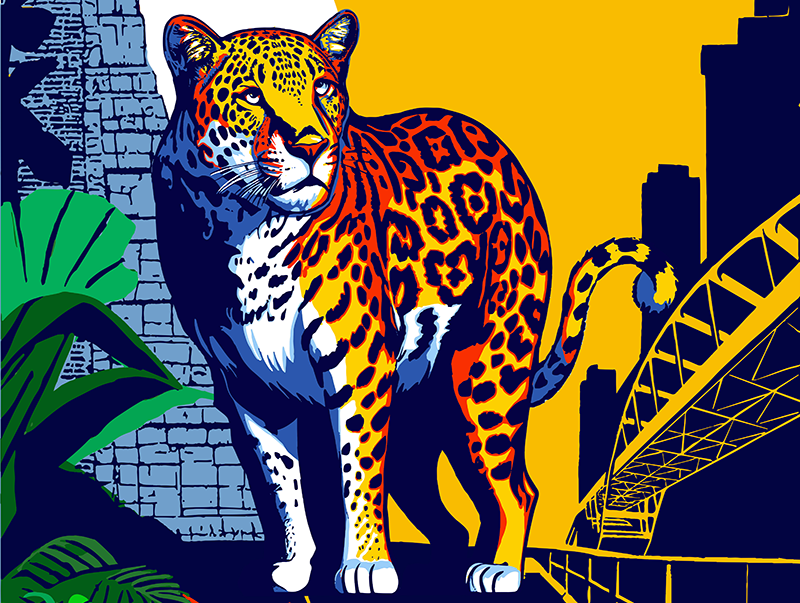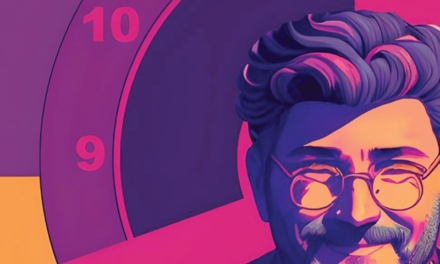By Bob Korman
The Milwaukee County Zoo (MCZ) and Zoological Society of Milwaukee (ZSM) have long held connections to the Central American country of Belize. In 1996 “Birds Without Borders- Aves Sin Fronteras” was created as a research, conservation and education project focusing on birds migrating between Wisconsin and Belize.
ZSM purchased a pristine, 6000-acre tract of pine savannah and rainforest where many birds that had been banded in Milwaukee were recaptured. This tract was named Runaway Creek Nature Reserve (RCNR) and is part of a relatively undisturbed stretch that connects central Belize to the Caribbean coast. It is now owned and managed by the Foundation for Wildlife Conservation (FWC).
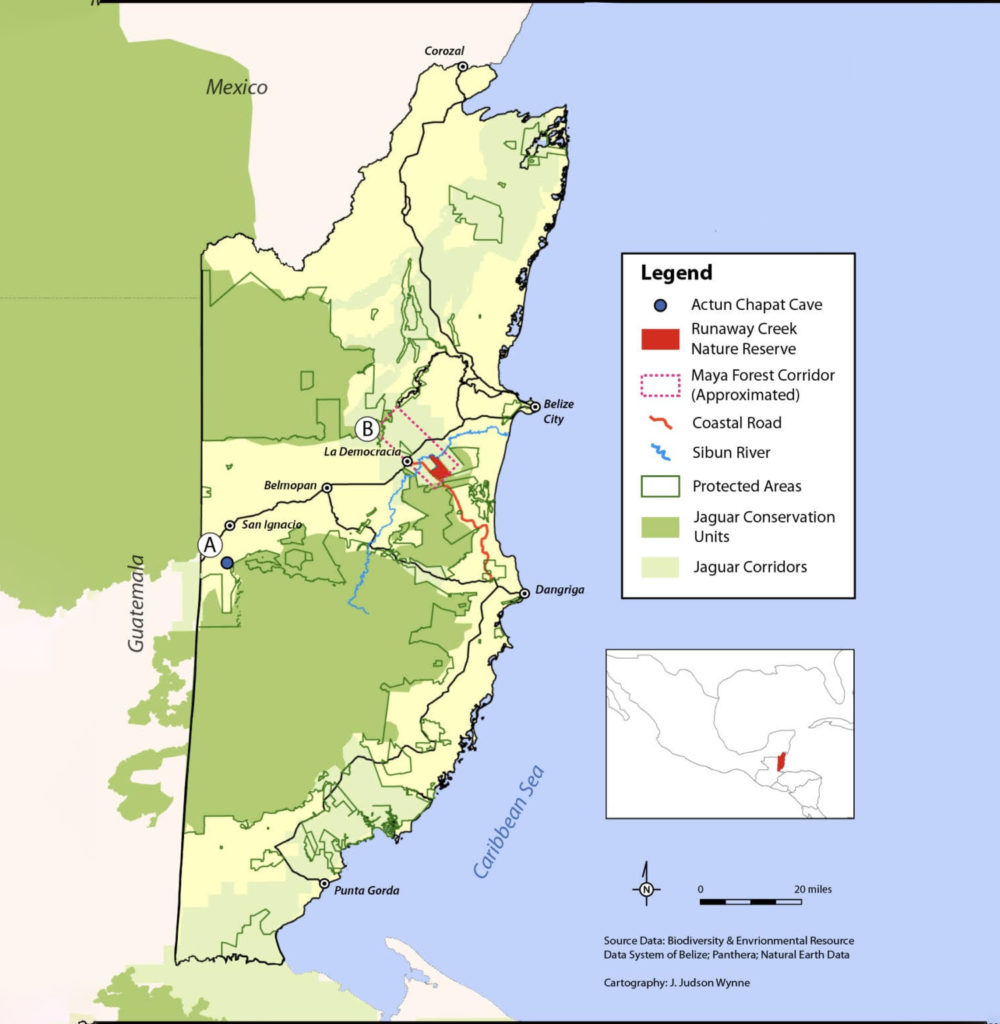
Roughly 15 minutes down Coastal Highway from RCNR is the Belize Zoo. In 2005, the founder of the Belize Zoo, Sharon Matola, received a call from the Belize Forest Department. They had a jaguar that had made one meal too many out of local cattle. His canine teeth had snapped in the capture, and he could no longer be released into the wild. Ms. Matola agreed to bring this cat into her zoo in lieu of him being euthanized.
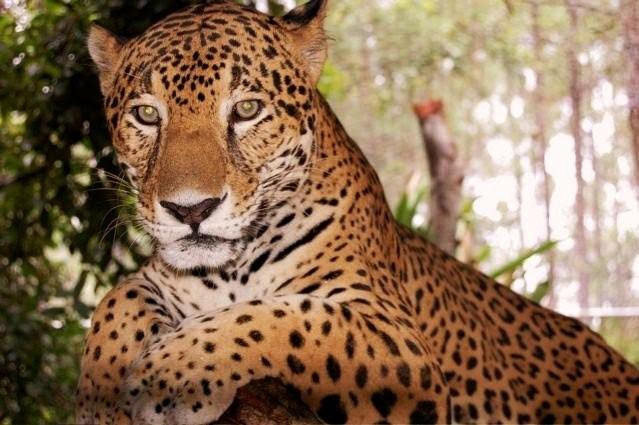
Belize – Meet Pat
“Pat the Great Cat” as he came to be known, became one of the Belize Zoo’s first members of their Problem Jaguar Rehabilitation Program. Matola sang songs of Pat’s tale and his troubles with the farmers to local school groups. Pat became an ambassador of his species, educating Belizeans of all ages about the role of jaguars in their native habitat.
During a visit to the Belize Zoo, Mequon residents Nancy and John Kennedy became smitten with Pat. They wondered: Could Pat become an ambassador for his species on an even bigger stage?
And if he couldn’t be released and more jaguars would likely suffer a similar fate in being deemed “problem” cats by the local farmers, could he find a home at the Milwaukee County Zoo?
Milwaukee’s zoo already had jaguars and their genetics were well represented across the U.S. zoo population, so Pat would be well cared for. The Kennedys worked with Matola MCZ/FWC/ZSM on a move to Milwaukee that would be really good for Pat and for jaguar conservation as a whole. They funded renovations to the indoor and outdoor jaguar holding at MCZ as well as Pat’s transport from Belize.
Pat the Great Cat was fully on his way.
Pat Comes Home
In March of 2008, Pat was flown in and became an official resident of Milwaukee. Pat would spend the next nine years helping to educate zoo visitors about the plight of jaguars, their native habitat, and all of the other animals living in the same ecosystems. A book, co-written by the children of Milwaukee and the children of Belize, entitled Pat the Great Cat: A Jaguar’s Journey became an international sensation.
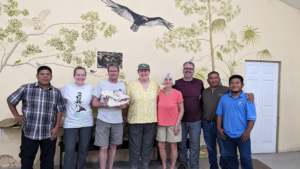
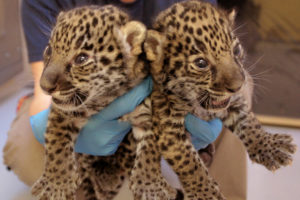
Pat fathered two litters of cubs with his mate, Stella. These cubs continue to provide a needed boost to the genetic diversity of jaguars in US zoos. Francisco is still here at Milwaukee’s Zoo, B’alam went to the San Antonio Zoo and Zean went to the Elmwood Park Zoo where both cubs have fathered cubs of their own. So Pat’s legacy and direct lineage lives on.
Pat lived a long life for an old forest cat, thanks to access to world-class keeper and veterinary care. In August of 2017, Pat succumbed to kidney failure at a ripe old age of between 17 and 21 years. He was humanely euthanized.
After Pat’s passing, the Kennedys and the MCZ staff who cared for Pat wanted his legacy to live on. A scouting mission was funded to find out how the Milwaukee County Zoo could give back to those who helped Pat, including the Belize Zoo and the animals and ecosystems of Belize.
From this, Pat Gives Back was born.
Pat Gives Back
Pat Gives Back is a program that responds directly to the needs of conservation partners. It has built a foundation of trust that has grown to support three main pillars of work: 1) capacity building, 2) conservation research, and 3) community support.
The primary focus of Pat Gives Back has been to expand upon the capacity of Belizean conservationists, including the staff of the Belize Zoo. To date there have been seven annual Keeper Workshops to provide training sessions on topics requested by Belize Zoo staff. Topics have included training animals to participate in their own veterinary care (such as stepping onto scale or allowing for voluntary blood collection), animal nutrition, record keeping, veterinary laboratory techniques, mental health, and emergency escape drills. The workshops are split between classroom presentations and hands-on work throughout the zoo.
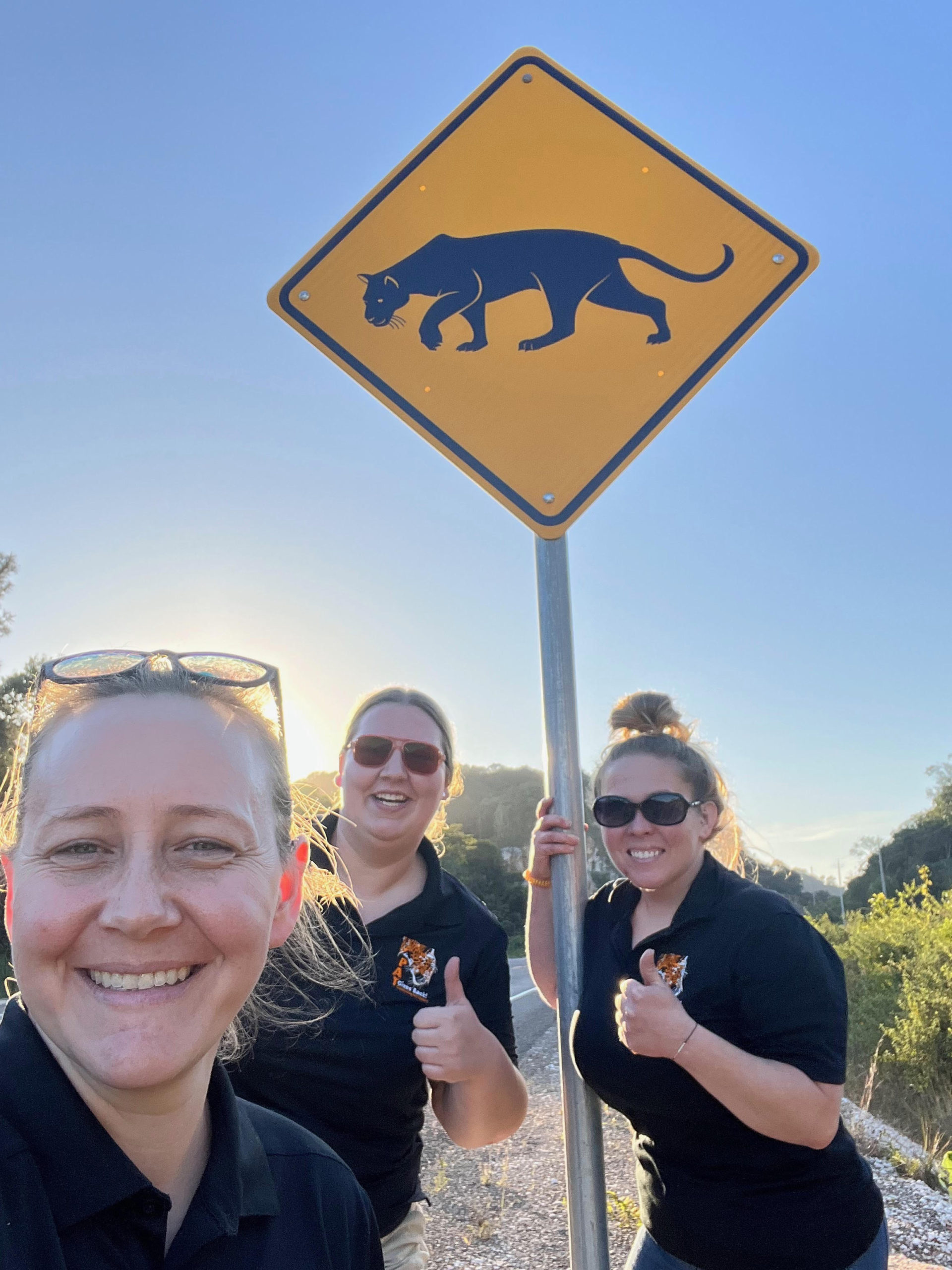
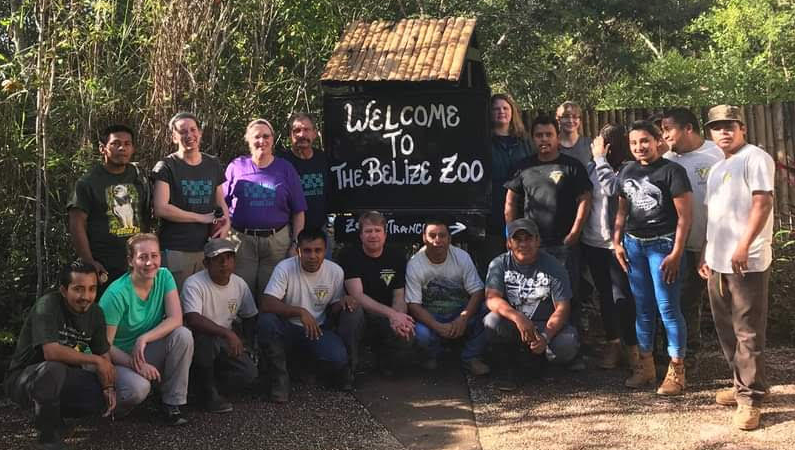
The reach of Pat Gives Back expanded further still, bringing Belize zookeepers to the United States to learn in different settings with a broader group of people, and send them to conferences to network with their peers. Milwaukee County Zoo hosted keepers in 2019 and in 2022, and one Belize Zoo staff member attended the annual Felid Taxon Advisory Group meeting in 2022.
Branching Out to More Species
In early 2019, Pat Gives Back and Milwaukee County Zoo funded a field research trip to Runaway Creek Nature Reserve. One of the zoo’s veterinary technicians and their veterinary resident served as the anesthesia team for a capture-and-collar effort allowing the study of Central American (Baird’s) tapirs.
The goal of the study was to track the movements of tapirs to see where and what they were eating, where and when they were stopping for water, and perhaps most importantly, where and when they might have been crossing the highway. The team ended up capturing, tagging, and releasing a large female tapir that provided the greatest amount of data for this study.
Conservation research in the Runaway Creek Nature Reserve has also been directly supported by the Milwaukee Zoo’s keeper staff who travel to Belize often to participate in field work within the area.
In 2023, howler monkey surveys were conducted by Pat Gives Back to assess the success of released troops (howler monkey groups are called troops) in areas where they had been displaced due to hurricanes and forest fires. Staff of this project observed a baby born to one of the released troops, which is a marker of release and adaptation success.
Another project involved deploying MOTUS tracking devices on migratory songbirds, to capture data on their migration paths from Belize to Wisconsin. This effort was particularly enriching, because it was a project bolstered by the help of local Belizean schoolchildren.
Each of these conservation efforts are in direct collaboration with Pat Gives Back partners and the Foundation for Wildlife Conservation in response to specific research needs.
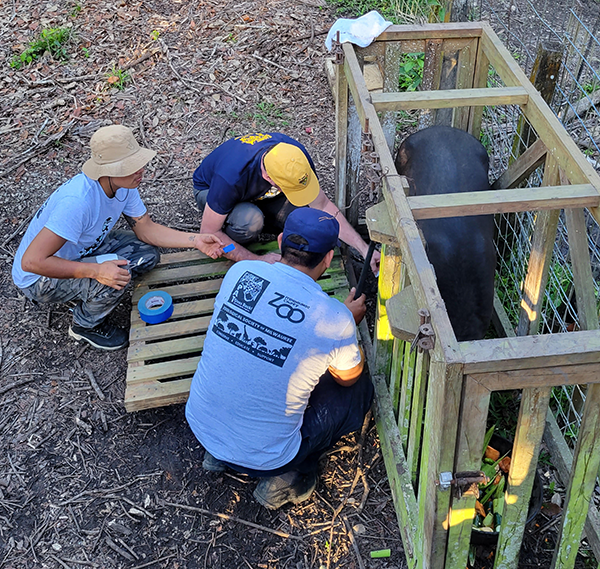
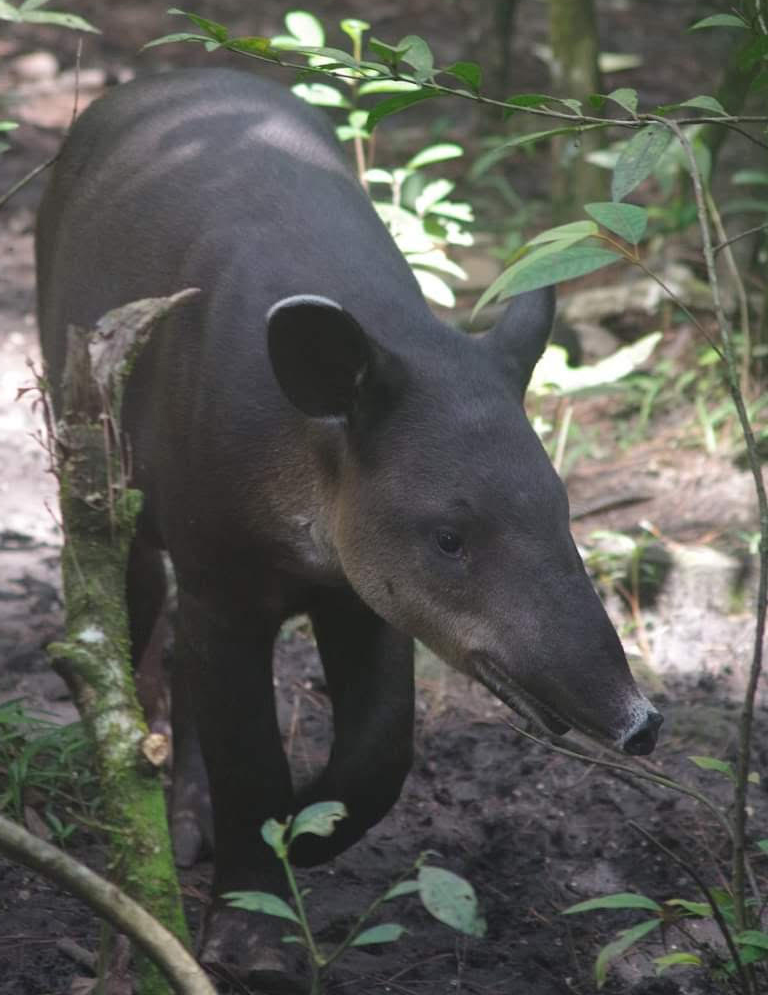

Pat Gives Back: Looking Ahead
Runaway Creek is a part of a greater contiguous tract of land known as the Maya Forest Corridor which is part of the largest intact forest north of the Amazon. This vital thoroughfare for wildlife and rainforest is threatened by slash and burn agriculture and now, with the paving of Coastal Highway, vehicle collision with animals is a greater concern than ever before. Future efforts of Pat Gives Back will focus on the preservation and protection of this corridor.
To make an even greater impact for Belizean wildlife, founding members of Pat Gives Back are continuously involved in fundraising. Four years ago, with input from the Zoological Society of Milwaukee, enough money was raised to dive deeper into truly meaningful conservation projects.
Pat Gives Back members vetted conservation organizations to help pilot these efforts and decided on Ya’axche’ Conservation Trust. They provided funding for the hiring and installation of a full-time Wildlife Officer. This person works with the local community to find strategies that work best to reduce encounters between wildlife, such as jaguars and tapirs, and farmers.
Human-wildlife conflict in Belize continually threatens species and the communities that must find ways to co-exist. By exploring strategies to mitigate this conflict, Pat Gives Back believes they can sustainably build capacity and support communities, so both human and wildlife communities are able to prosper and thrive. At the beginning of 2023, the Zoological Society of Milwaukee committed to funding this position for another three years and is currently exploring other ways to grow their important work in conservation and wildlife protection.
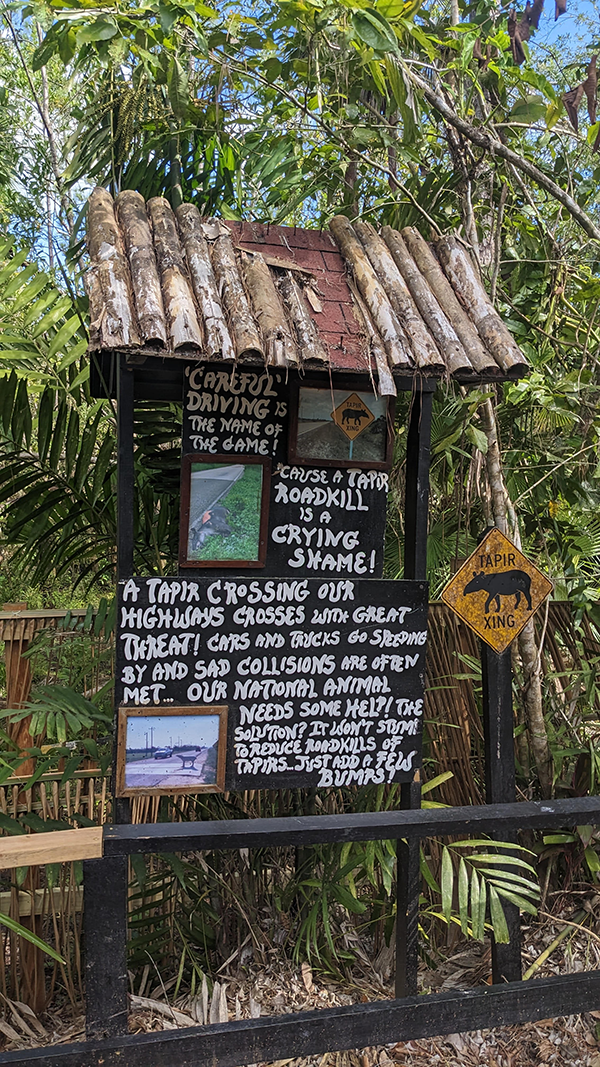
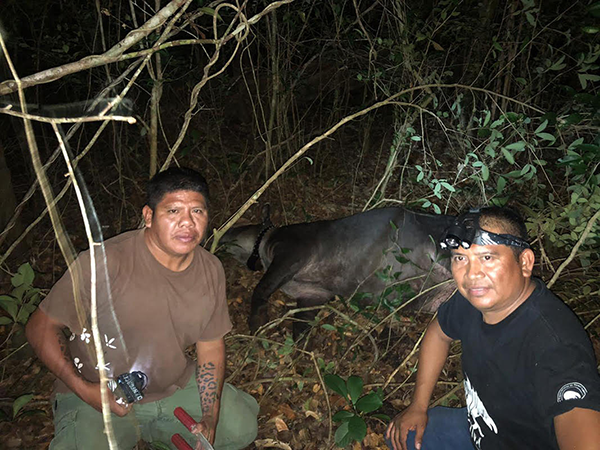
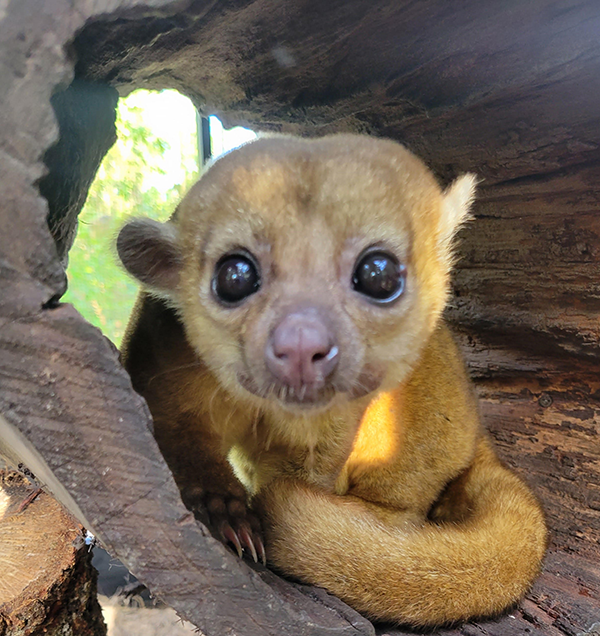
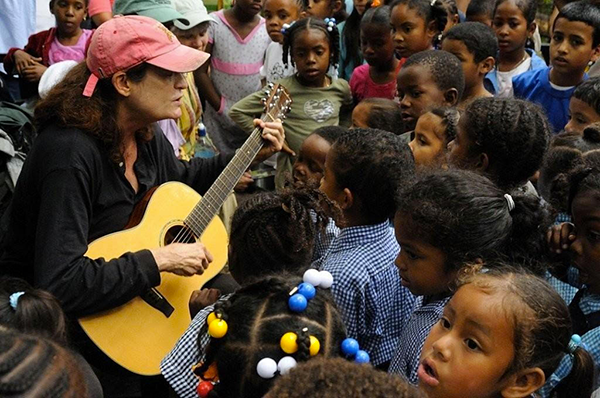
One Important Cat!
It is hard to overstate the lasting impact of an important animal. But have you ever had a dog, or a cat that you loved? If so, you can certainly understand how meaningful an animal’s life can be. Pat was not a house pet in this regard, but there was something very special about him for sure.
Pat was only one jaguar. But Pat proved to be more than just a great cat – he was an inspiration that fuels important and meaningful conservation to this day. His legacy has helped to educate hundreds of citizens and animal keepers in two countries, and it will continue to impact the lives of animal and human communities that are often struggling to find better ways to live together.
That is a pretty impressive body of work, even for a truly great cat!
To support Pat Gives Back and the effort to conserve wildlife and support communities in Belize, you can donate through the website: www.zoosociety.org/patgivesback
Bob Korman was born and raised in Wauwatosa. He attended Lincoln grade school, Longfellow Junior High and graduated from Tosa East in 1988. He finished his B.S. in Biological Sciences at UW Milwaukee. He spent 12 years working as a veterinary technician at the Milwaukee County Zoo and is currently working as an Animal Health Specialist at the Minnesota Zoo.

